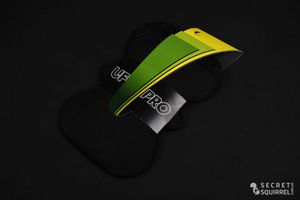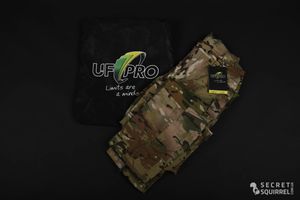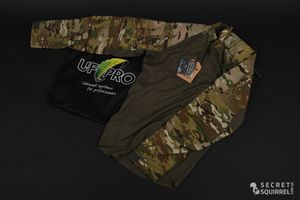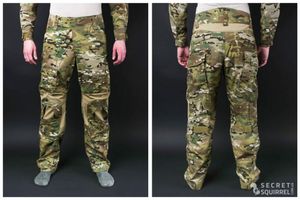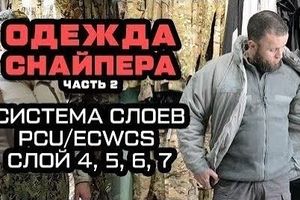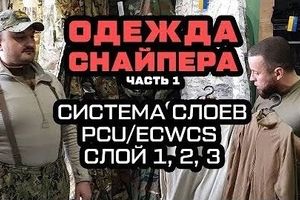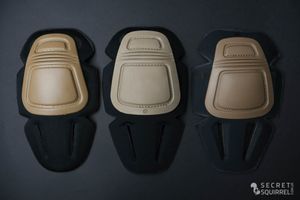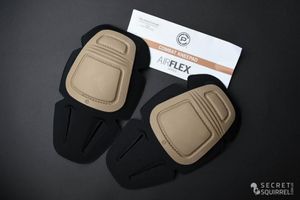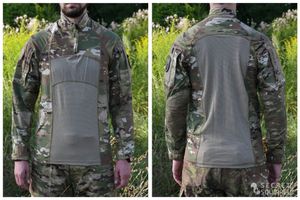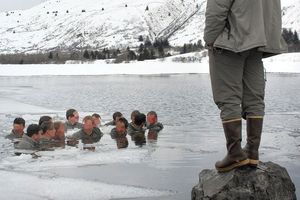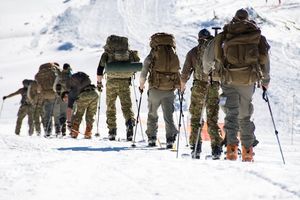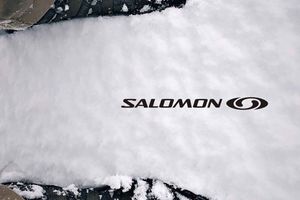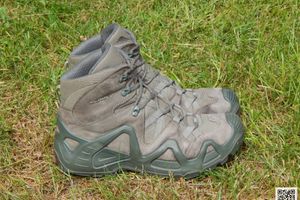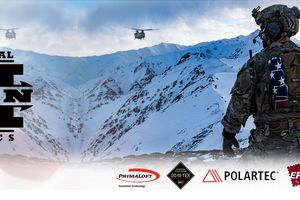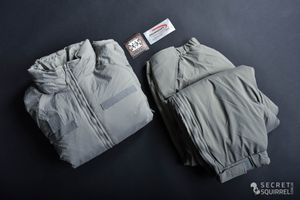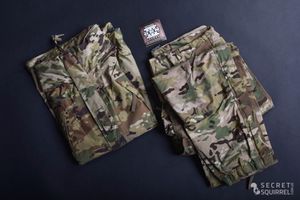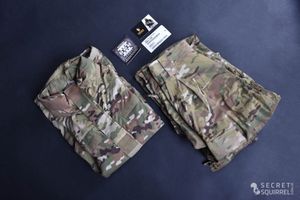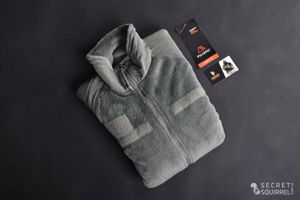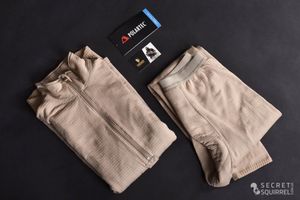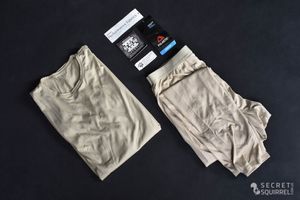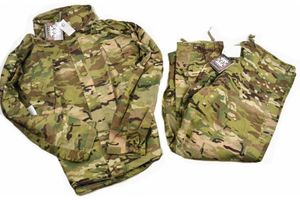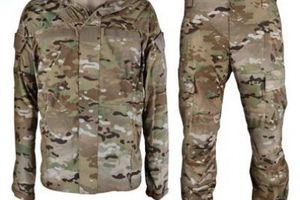The US Army Combat Uniform is actively used by soldiers of many armies around the world, and the Armed Forces of Ukraine are no exception. However, NYCO, FRACU or Improved Hot Weather in the names of clothing sets create confusion, especially considering that at first glance the things are almost identical.
In this article we will tell you what NYCO, FRACU and Improved Hot Weather are, what are the differences between clothes with such a labelling and what to choose exactly.
NYCO
The abbreviation stands for shortening of the names of material’s components — nylon and cotton, which are added in 50/50 proportion. The material is highly resistant to tear and wear and can retain its original appearance for a long time: it is not threatened by fading, shrinkage and wrinkling. The fabric is NIR (Near Infrared Signature Management Technology) compliant, making it difficult for IR devices to detect the wearer.
Such composition is characterised by retaining heat slightly more than a polyester/cotton blend, while having a slightly "heavier" or "stiffer" feel than other fabrics.
FRACU
FRACU, Flame-Resistant Army Combat Uniform is a fire-resistant version of the standard uniform, approved for wear by both the US Army and the US Air Force.
LENZING FR fibre is used for sewing FRACU. It is an environmentally friendly flame resistant cellulose fibre, typically blended with other high performance fibres to create unique protective clothing.
The material also includes rayon, aramid and nylon, and has no cotton.
In some individual cases, FRACU may appear hotter than its NYCO counterparts.
Traditionally for military uniforms, the material evaporates moisture well, dries quickly and is highly tear-resistant.
Today FRACU has been discontinued and the US Army has switched to NYCO and Improved Hot Weather Combat Uniform, which will be discussed next.
IHWCU
Improved Hot Weather Combat Uniform. As the name suggests, it is specifically designed to enhance comfort and performance in hot and humid conditions. Made from lightweight, breathable materials, the IHWCU features a lighter colour scheme to help reflect sunlight and reduce heat retention.
It has also been redesigned to improve ventilation and moisture wicking properties - for example, the breast pocket on the coat has disappeared, allowing more heat to be released from the body. The new design also features "raglan" sleeves, which are more fitted and less bulky than standard ACUs. Other features include a top sleeve button placket, a pen slot.
As for the fabric composition, the base is a blend of 57% nylon and 43% cotton. The knit lining material is 65% Tencel® Lyocell, 35% Cocona® Polyester. Reinforcement inserts made of nylon or mesh inserts made of polyester are also possible.
What to choose?
The choice should be based on your own needs, how you handle the heat, and your tactile sensations. For hot conditions, and for missions where there is a particular risk of contact with hot surfaces, the flame-resistant version is definitely worth taking.
Among American soldiers who discuss the advantages and disadvantages of modern uniforms, there are those for whom FRACU seems rougher to the touch than NYCO, so everything is individual.
It should be noted that all these types of uniforms are reinforced with ripstop stitching, so you definitely do not have to worry about the durability of the clothes in any case.
Anyway, the presented options have decent quality, so the choice is yours.














































































































































